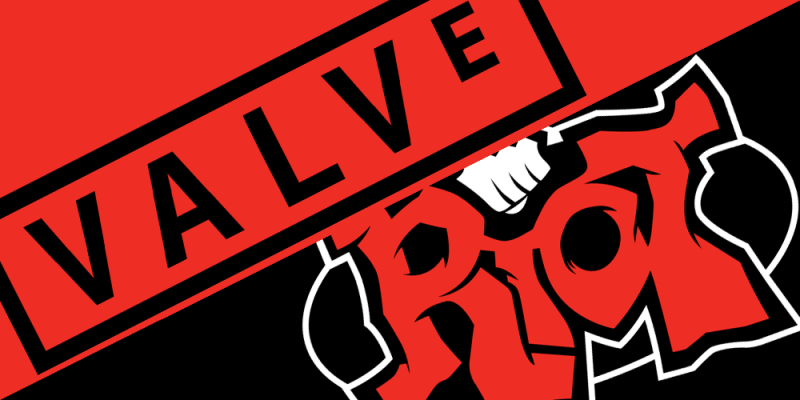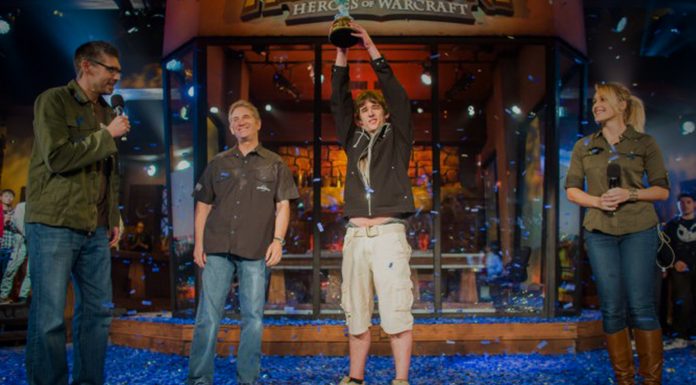Over the past year, Valve’s updates to CS:GO have been few and far between, but while these patches lack in frequency, they’ve almost always been significant. In the time that’s passed since the release of the R8 Revolver, Valve have redesigned the Negev, made “small” adjustments to gun balancing, and, of course, overhauled classic Counter-Strike maps like Inferno and Nuke.
The changes to rifles were a welcome addition, and many community members would agree that improving the effectiveness of tapping and bursting is a good way to raise the game’s skill ceiling. However, keep in mind that Valve’s efforts to balance CS:GO are based on a goal that the developers make no attempt to conceal: they want to make every gun in the game viable.
It may seem pessimistic to look at the situation like this, but it’s difficult to deny that many of these changes are gimmicks designed to keep the game interesting and appealing for casual players. The drastic changes they have made with the weapons and maps since the game has become as big as it has have, at times, thrown the competitive meta out of whack.
You May Like
When developers make changes to a game for the sole reason of making sure the game is ‘fresh,’ it can become dangerous for its professional competitive scene. Updating hitboxes and adjusting rifles were high priority fixes for the community, and Valve clearly took player feedback into consideration. I have no issue with these updates–in fact, I welcome them gladly. But many of the changes Valve has made to CS:GO weren’t being asked for by the community. This wouldn’t necessarily be a problem if these unwanted changes didn’t have negative consequences for high level gameplay, but, unfortunately, they can and do.
The Wrongs of Riot Games
Riot Games has a history of shipping incredibly disruptive patches and updates to League of Legends. In some cases, these have been sweeping changes that flipped the entire competitive meta.
Valve’s changes to CS:GO aren’t as big as the frequent updates Riot makes to League of Legends, but keep in mind that Counter-Strike has fewer variables for the developers to control than a MOBA does. But much like CS:GO fans, League of Legends players often complain that Riot never seems to listen to what pros or experts want from the game. Instead, Riot focuses on making radical changes to mechanics and champions in order to keep it fresh and dynamic for their casual player base.

In the past, Riot has released new champions that were either completely broken or unbelievably overpowered. At various points during the development of League of Legends, Riot has completely reworked the way warding works, added plants to the jungle, and changed how objectives and their rewards work. Riot’s updates have much less to do with actual gameplay balancing, and far more to do with making sure that players don’t get bored.
Riot is also known for offering ridiculous excuses when asked about missing features or broken mechanics. It took years of pressure from casuals and pros for Riot to finally implement a sandbox practice mode. Replays will also be implemented at some point, another common request from professionals. LoL’s viewership seems to be plateauing, and the level of competition did drop off for a while after Season 4. Perhaps if pros had access to these tools sooner, the level of play would have been much higher.
Valve Should Learn a Lesson
Valve should not follow Riot’s lead. In fact, Valve should look at Riot as the perfect example of what not to do in esports. Recent changes, like dropping the Negev to $2000 to encourage “experimentation,” should be given more thought. CS:GO has a beta client, and Valve needs to use it more effectively. Instead of promoting experimentation in matchmaking or pro level play, substantial updates should be tested on the beta client.
It’s also time for Valve to accept feedback from both professional players and CS:GO experts. Pros have complained forever about the game’s overpowered pistols. After nerfing the CZ-75, the Tec-9 was OP. After slightly nerfing the Tec-9, it was still OP, just a little bit less so.
And, of course, who could forget about the R8? When the R8 Revolver was introduced, it was a handheld AWP, capable of one-shotting enemies across the map. Valve swung their nerf hammer, and the R8 became a gimmick and, ultimately, a complete nonfactor in professional competition.
The Majors are another sore point. Valve insists on using map randomizers. They tightened rules about coaching after teams finally started taking coaches seriously. They’ve essentialy held the futures of the ex-iBUYPOWER team hostage, keeping banned players in the dark about what their future might hold.
Valve has never had an open dialogue with pro players, and, to be honest, they don’t seem particularly interested in the professional scene. Or, if they are interested, it’s difficult to see that commitment reflected in CS:GO’s updates and balance changes. At the end of the day, the changes that Valve makes to the game aren’t being asked for by the casual community. There’s a vocal and active playerbase that Valve needs to listen to. The voices and input of casuals, pros, and hardcore fans are all worthy of attention.
CS:GO needs an IceFrog.
















